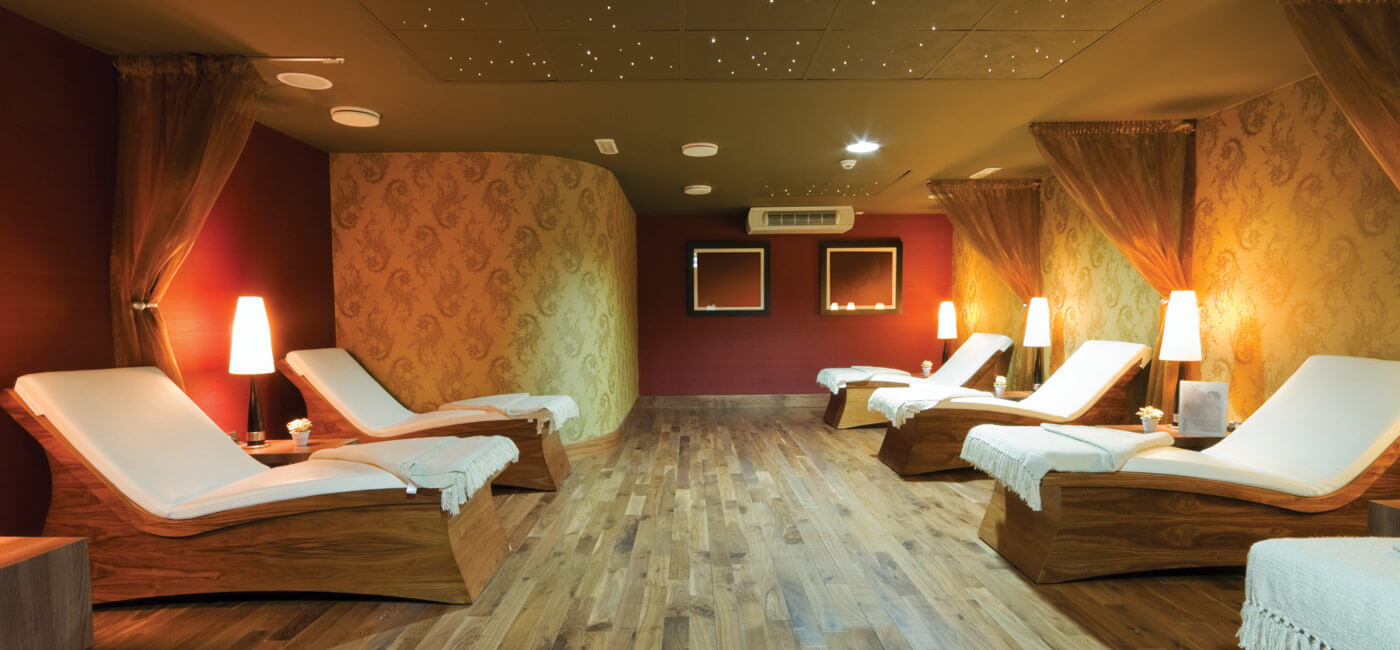Plug in the Gaps!
How Spas Can Minimize Downtime and Maximize Revenue
Tick tock. The sound of a clock. If you’re a spa owner or manager, you know all too well how slowly time passes when clients aren’t filling your treatment rooms. While gaps between appointments are hardly a phenomenon unique to the spa industry, some methods of dealing with them are more productive than others. On a positive note, a few minutes of downtime allows employees the opportunity to catch up on paperwork, restock their supplies and read up on spa-related trends but anything more than that and they also have ample time to check their Facebook page, text friends and chat with co-workers. Simply put, too many “gaps” not only deplete staff enthusiasm but also cost money.
Staff Incentives
The key to minimizing employee downtime is incentivizing them to build their business clientele (and yours) by creating special contests and fun challenges that reward their productivity. For example, if employees have one or two free hours in any given day, it’s the perfect time for them to make quick customer service calls to recent clients: Was the client happy with his or her service? How does their skin look and feel? And, if the client books today by phone, offer them a special deal on a similar service.
And speaking of Facebook, employees can use it advantageously to bring in last minute clients: List a special offer, post a fun contest with a skin care service or discount as the prize or just ask friends to like the employee’s page for a discount on same-day service.
Free time can be utilized to send email blasts or texts to those clients who have opted in, either to fill a last minute cancellation or better yet, the day before—when any gaps are hopefully noticed in advance. Although social media is a preferred means of communication for many people today, don’t overlook the power and possibility of doing things the “old-fashioned” way: Simply walk down the street and pass out flyers, introducing yourself and your services (with a special one time offer) to new potential clients. Nothing sticks in people’s minds quite like a smile and a handshake.
Client Incentives
Both new and existing customers can help fill in gaps but they should always feel like they’re being offered a valuable service that they want or need, not that they’re part of a sales quota.
Consider these two offers: Which is more attractive?
- Book a facial before 3 pm and receive ten percent off?
-or-
- Book a facial before 3 pm and receive a free eyebrow or lip waxing plus a moisturizing hand treatment that will leave your skin feeling baby soft?
It’s an easy answer, right? The first choice saves the client a few dollars while the second is more about enhancing the client’s total spa experience. Both offers cost the spa about the same but the latter fosters a sense of luxury and creativity that goes a long way toward both short- and long-term success.
Michelle Shuster, General Manager of Fusion LifeSpa in Minneapolis, Minnesota says that one of the most effective ways of filling empty spots is by simply upgrading clients who come to the spa with an appointment. “A 60-minute massage can easily become a 90-minute one, and we typically don’t even have to offer a discount for the upgrade,” Shuster says. “Clients are usually happy to extend their service. They’re already here [and ready to relax].”
“Add-ons work extremely well,” agrees Michelle Erickson, Spa Director, Educator and Aesthetician for Avalon Salon and Spa in Dallas, Texas. She and her staff might ask a facial client if she also wants extractions, or a massage with a waxing. She also builds reciprocal relationships with other service providers within the company such as hair stylists, asking them to talk up her spa services to their clients and does the same for them.
Discounts work well in other situations, too. National Laser Institute Dallas Operations Manager Crystal Smith likes networking with local businesses to boost sales during down time. “We’ve had a lot of success with ‘$25 off First Visit’ cards. They’re fairly inexpensive to get rolling. We pass them out at a number of local hair salons, lash extension boutiques, blowout bars and so on. Our instructors also offer cards to our existing clientele so that they can upgrade during our slower periods.”
Timing is Everything
To fill in typically slower times, Smith relies on clients with daytime flexibility but says they aren’t always easy to find. For her, college co-eds are the perfect answer. “Targeting local universities works well for us,” she says. “Initially, we offer them a service at a highly discounted price and that often brings them back to us as loyal customers.” Smith also places no- or low-cost ads in school newspapers and sets up booths at college fairs whenever possible. She keeps a list of typically available students so they can be contacted to fill in as needed.
Anticipating Gaps
Often times, scheduling gaps occur simply because nobody ever sat down to figure out when those times really are—not just daily or weekly but also seasonally. Erickson says that reviewing spa data over a three-year period was eye opening. Avalon now offers something it calls “flex-time pricing” for VIP clients which includes a twenty percent discount off all spa services during their three slowest time periods. “Even at a discounted rate, we’ve doubled our sales during these times by being more aware of and focusing effort toward them.”
Anticipating slow times in advance makes a big difference. Shuster agrees, stating, “September is typically our slowest month. It also happens to be our anniversary so we work heavily in August to pre-book. We invite our top clients to come in for a service they’ve never had at fifty percent off.” She also encourages employees to take their vacations during slow times.
It’s also important to anticipate gaps from the client’s perspective. If your spa is most heavily booked after five o’clock, that leaves options to entice those same clients into your spa before 9 a.m. and during lunchtime. For example, “Be the first client of the day and breakfast is on us!” Offer fresh fruit, tea or coffee and a whole grain muffin. You could also solve the client’s potential problem of “no time for a treatment and lunch” by catering in a few healthy sandwich options and letting them take one with them as they leave. Both of these options would be a low cost way to capture otherwise empty appointments.
Technology-Driven Results
All three of the spa directors with whom we spoke use technology and social media not only to boost sales but also to mitigate late cancellations.
Both Smith and Shuster mentioned strong email databases that allow them to send out last minute discounted services. Texts are an additional option. Erickson further contends, “You have to fight to get your clients in the door and give them a reason to want to be there.” Her company utilizes a communications software that syncs automatically with its management system, allowing for timed communication with existing clients to ensure they’re coming back regularly. “Our clients can opt-in for email and text reminders which allows our booking department to focus on incoming rather than outgoing calls, providing improved customer service,” she says. “We also use it with social media [such as Twitter and Facebook] to send out last-minute blasts when we have unexpected openings.”
Conclusion
There are two ways of looking at gaps: One is to assume that they’re simply unavoidable, and the other is to view them as terrific opportunities for growth. Spa employees want to stay busy, earn more money and expand their clientele; they are typically “people” people—so why not combine their strengths with some savvy gap-filling techniques to achieve even greater success?
Louis Silberman is president and founder of National Laser Institute, the largest cosmetic laser and medical esthetic training center in North America. He is an expert in medical esthetics, a medical spa owner and a nationally recognized author, marketing speaker and business consultant. Silberman was a semi-finalist for the Ernst and Young Entrepreneur of the Year Award 2014. Silberman can be contacted at 800.982.6817 or louis@nlionline.com









